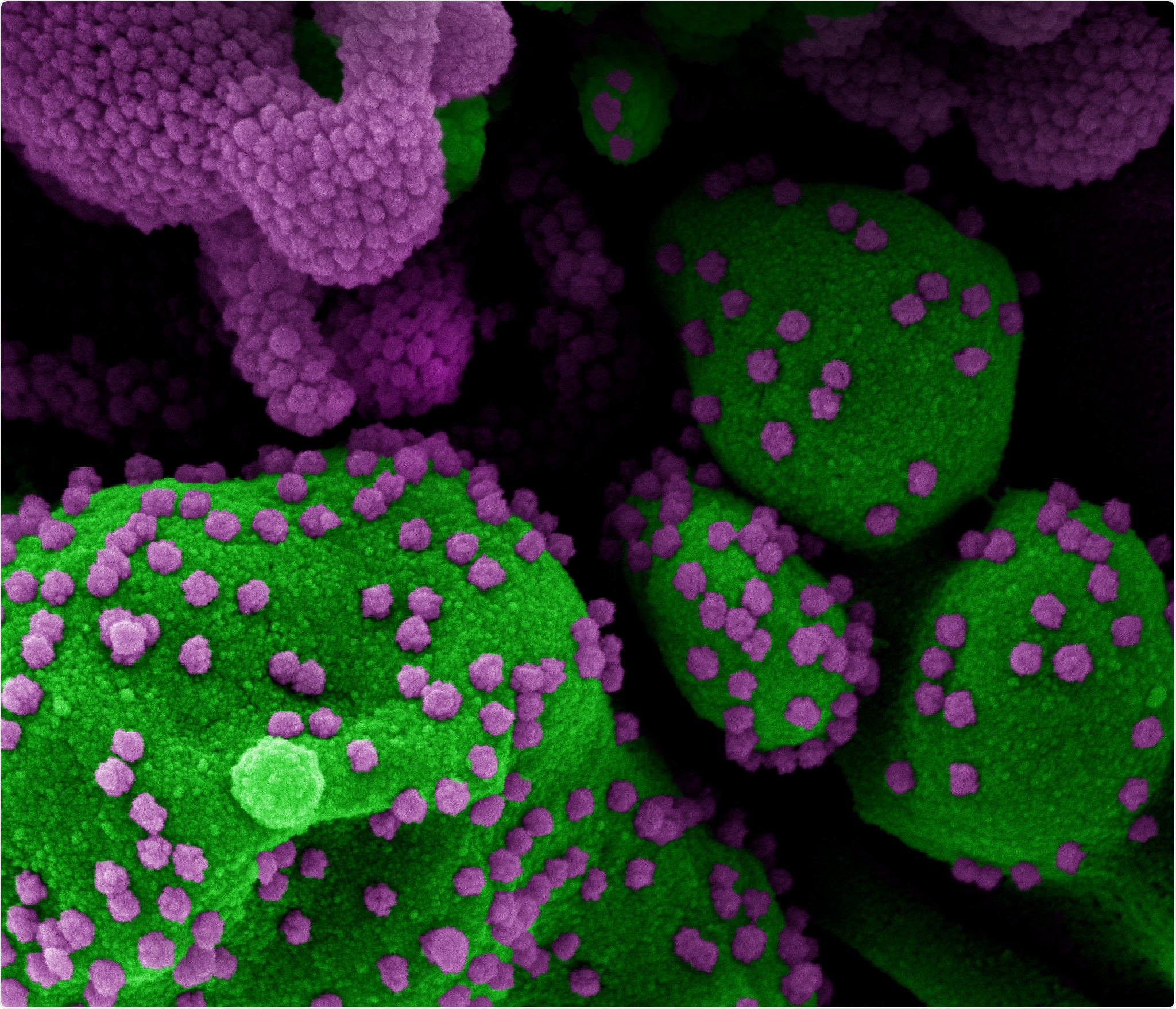A recent case report from the researchers at the University of São Paulo, published in the journal CLINICS, shows how newborns can also be infected with severe acute respiratory syndrome coronavirus 2 (SARS-CoV-2) and develop serious symptoms, even though the most likely route of infection in such cases is still not completely clear.
Coronavirus disease 2019 (COVID-19), caused by SARS-CoV-2, can present with a spectrum of clinical manifestations – ranging from mild infection of the upper respiratory tract to severe pneumonitis, acute respiratory distress syndrome, and even death.
However, we are still not familiarized with the repercussions of SARS-CoV-2 infection in pregnant women and newborns, as there is little scientific evidence to date. Initial case reports of infected infants have revealed mild symptoms and stable vital signs, with favorable clinical outcomes.
Several studies suggest the possibility of vertical transmission of the virus (either in the intrapartal or peripartal period), but none of them have confirmed this. In any case, SARS-CoV-2 was not found in the placenta, amniotic fluid, umbilical cord blood, or breast milk.
The Centers for Disease Control and Prevention (CDC) states that infants (i.e., less than 12 months of age) may be at increased risk for severe COVID-19 disease in comparison with older children; nonetheless, the data on clinical outlook and disease severity among neonates is sparse and based mostly on case reports or case series.
A research group from the Pediatric Department and Neonatal Intensive Care Unit within the Clinical Hospital of the University of São Paulo Medical School recently published an interesting case report describing neonatal SARS-CoV-2 infection.

Novel Coronavirus SARS-CoV-2 Colorized scanning electron micrograph of an apoptotic cell (green) heavily infected with SARS-COV-2 virus particles (purple), isolated from a patient sample. Image at the NIAID Integrated Research Facility (IRF) in Fort Detrick, Maryland. Credit: NIAID
A newborn with episodes of hyperthermia and mild respiratory distress
The patient in this article was a male infant of a 37-year-old mother, born vaginally without any prenatal complications. The mother's amniotic membranes had ruptured eleven hours before the delivery.
Shortly after birth, this neonate presented with early respiratory distress, which improved significantly after receiving oxygen inhalations within the first twelve hours of life. Additionally, the chest X-ray showed a fracture of the left collarbone without pulmonary involvement.
More specifically, at 11 days of age, this newborn had two episodes of hyperthermia (i.e., abnormally high body temperature) and mild respiratory distress. Molecular assessment of nasal and oropharyngeal swabs by reverse transcription-polymerase chain reaction (RT-PCR) yielded a positive result for SARS-CoV-2.
At 13 days of age, the infant was transferred to the Neonatal Intensive Care Unit, and did not have respiratory symptoms anymore; however, pulmonary ultrasonography revealed changes compatible with bilateral involvement of lung tissue. Overall, disease progression was good, akin to other described cases in the literature.
Horizontal transmission as a likely route
A variety of clinical manifestations following SARS-CoV-2 infection in newborns is still under intense study. Until now, finding the virus in biological materials has not been sufficient to corroborate its vertical transmission.
Although case reports like these indicate a postnatal acquisition of COVID-19, horizontal transmission seems to be the most plausible route of infection in this case, perhaps through contact with an asymptomatic virus carrier.
CDC explains that the transmission of SARS-CoV-2 to neonates is assumed to occur predominantly through respiratory droplets in the postnatal period, when newborns are heavily exposed to mothers, visitors, other caregivers, or healthcare personnel with COVID-19.
Diagnostic criteria and challenges
According to the medical literature, the criteria for COVID-19 diagnosis among neonates are as follows: thermal instability, respiratory distress, feeding difficulties, hypoactivity, alterations of chest X-rays, COVID-19 diagnosis in a relative/caregiver, as well as intimate contact with individuals confirmed or suspected of having COVID-19.
The newborn, in this case report fulfilled only two of the aforementioned criteria: temperature instability and mild respiratory distress. Alongside the variable clinical presentation of COVID-19 (especially in this group), it has to be emphasized how many neonates present with signs and symptoms that overlap with typical diseases for such a young age.
"The biggest challenge is to recognize the characteristics of COVID-19 among other manifestations of neonatal diseases and to choose the most appropriate treatment for the patients", caution study authors.
In conclusion, CDC recommends testing for all neonates that are born to women with suspected or confirmed COVID-19 – regardless of whether there are signs of infection in the newborn. All neonates with suspected or confirmed disease (or even ongoing exposure) necessitate close follow-up after discharge.
Source:
Journal reference: